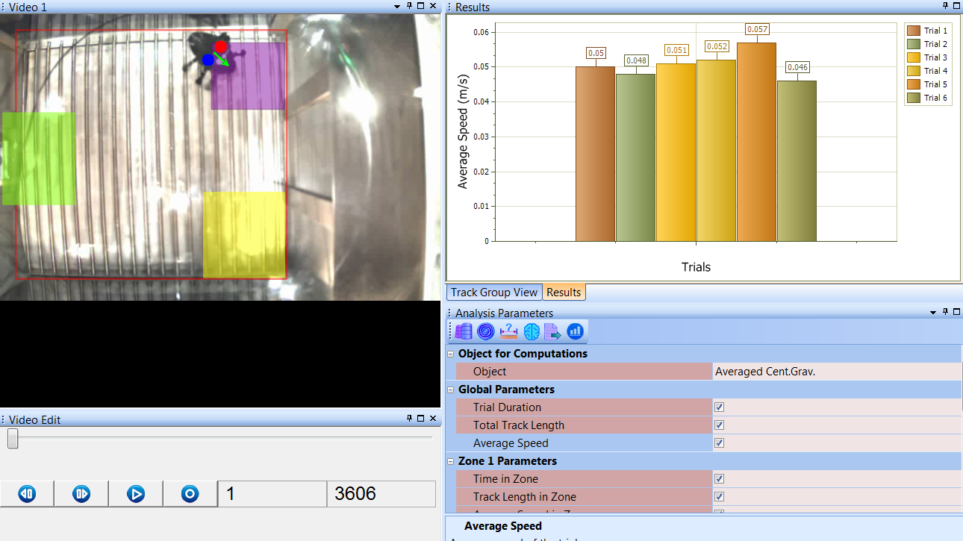
Multi-Wavelength Photometry System
Plexon’s multi-wavelength photometry system has the capability to deliver multiple wavelengths of excitation light and the ability to detect multiple wavelengths of emitted light. The photometry system offers three excitation ranges centered at 560 nm, 465 nm, and 410 nm and two detection ranges centered at 600 nm and 525 nm. These ranges were chosen to operate with two of the most popular genetically encoded calcium indicators, GCaMP6 and R‑CaMP2.
Multi-Fiber and Multi-Wavelength Photometry
The multi-wavelength photometry system builds on the technology of the legacy single wavelength photometry system and incorporates new features based on customer feedback. This camera based system includes three built in LEDs for excitation and two optical sensors which allow for detection of green and red fluorescence simultaneously and a branching patch cable provides the user with the ability to record from multiple brain regions or multiple animals. The system interleaves the 410 nm and 465 nm LEDS and the camera detecting green fluorescence captures light for each of these wavelengths independently, which allows the user to identify the calcium-dependent fluorescence (isosbestic control).
System Features
- Record from multiple locations in a single animal or many animals simultaneously with a single system
- Three excitation ranges centered at 560 nm, 465 nm, and 410 nm
- Detect fluorescence at 525 nm and 600 nm using two detection cameras
- Synchronize photometry signals with behavioral events
- Incorporated LED driver
- Integrated with video tracking software
Can I measure neural activity in real time using fiber photometry?
Yes, fiber photometry provides the most sensitive and easiest way to record neuronal activities of the deep brain structures in behaving animals. GCaMP can be used to tag cell-type specific neurons with engineered fluorescent proteins and then measure the levels of fluorescence in response to changes in intracellular calcium concentration. The fluorescence emission of the GCaMP indicator increases with elevating calcium concentration. Fiber photometry enables the researcher to record the neural activity of genetically defined subpopulations of neurons through an optic fiber in freely moving animals.
I am interested in recording from multiple animals simultaneously. Is this possible?
Yes, the branching patch cable terminates in 4 magnetic LC ferrules. Each of these ferrules can be attached to fiber stubs on different animals.
Can I use dLight to detect changes in dopamine and a red-shifted Ca2+ indicator at the same time?
Yes, the 465 nm LED can be used for targeting dLight and the 560 nm LED can be used for activation of the red-shifted Ca2+ indicator. The emitted fluorescence will be collected independently by each detection camera.
Will I be able to view the photometry signal during recording?
Yes, the software included with the Plexon multi-wavelength system will show both raw data and ΔF/F for each fiber and for each detection camera. The software will also show a heat map for each fiber that illustrates changes in florescence for each fiber.
Combined with Behavioral Tracking
Plexon's multi-wavelength photometry system includes our behavioral tracking software (CineLyzer). Incorporating photometry into the CineLyzer environment provides the information necessary to make correlations between the photometry signal(s) and the subject’s performance on behavioral tasks.
- Create zones and automatically count the number of behavioral events that occur during recording
- Track speed and position of subject
- Set parameters to identify when a defined behavioral event occurs and the photometry signal crosses a defined threshold.



